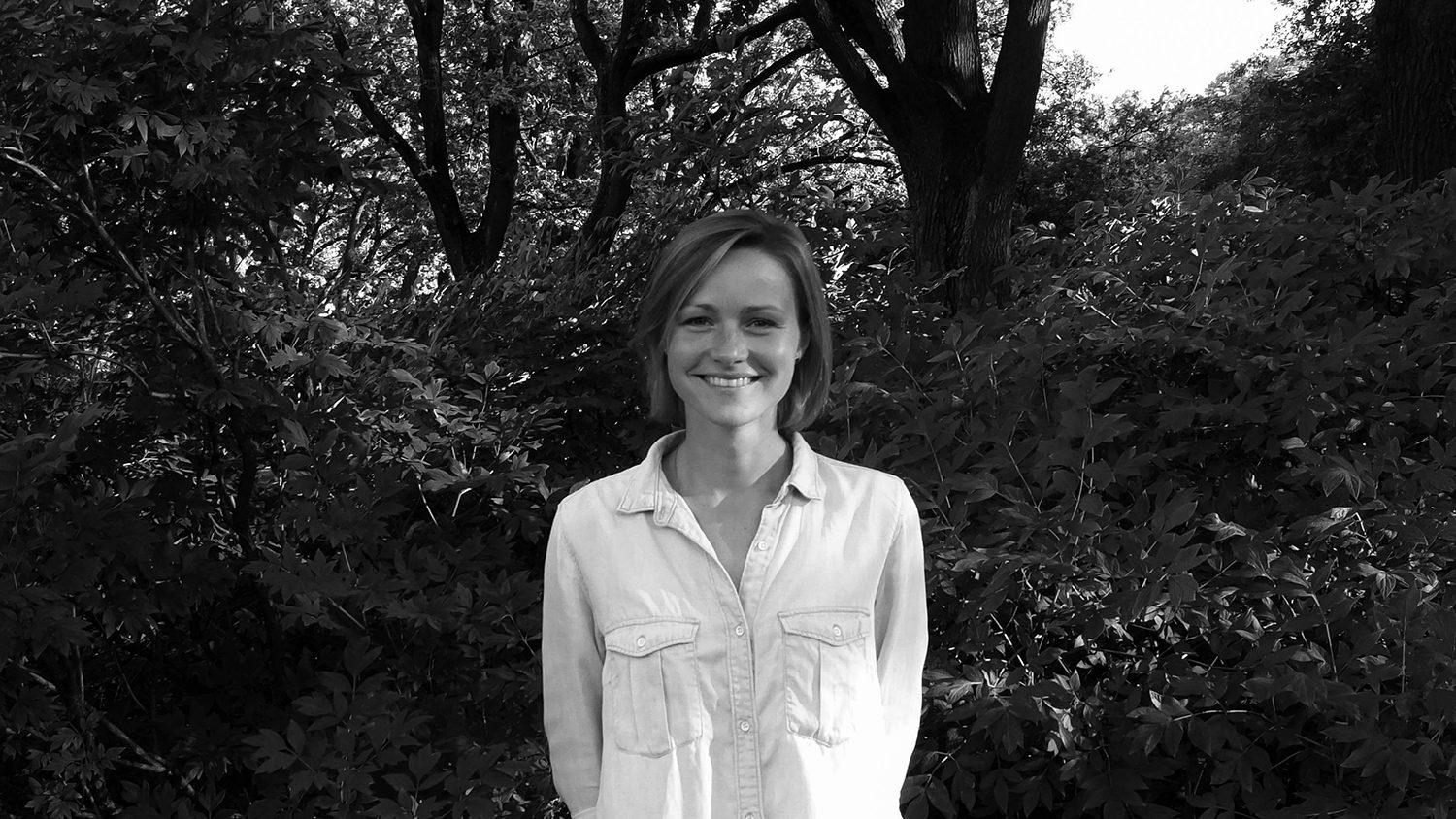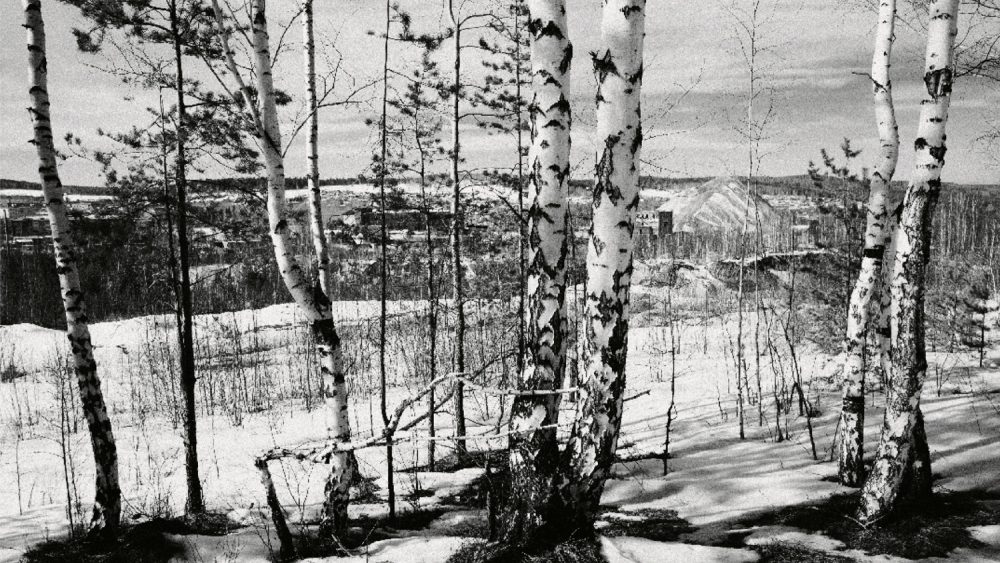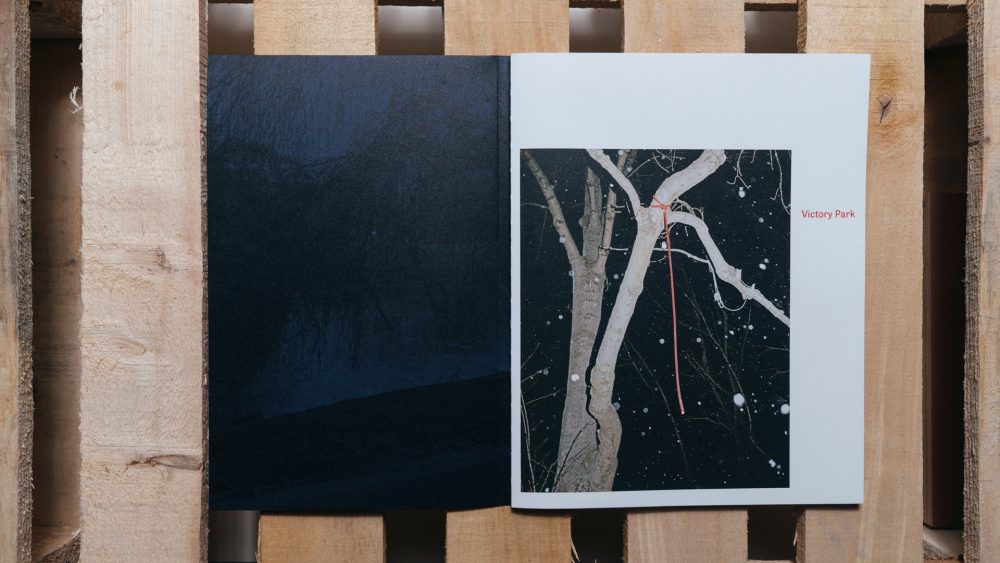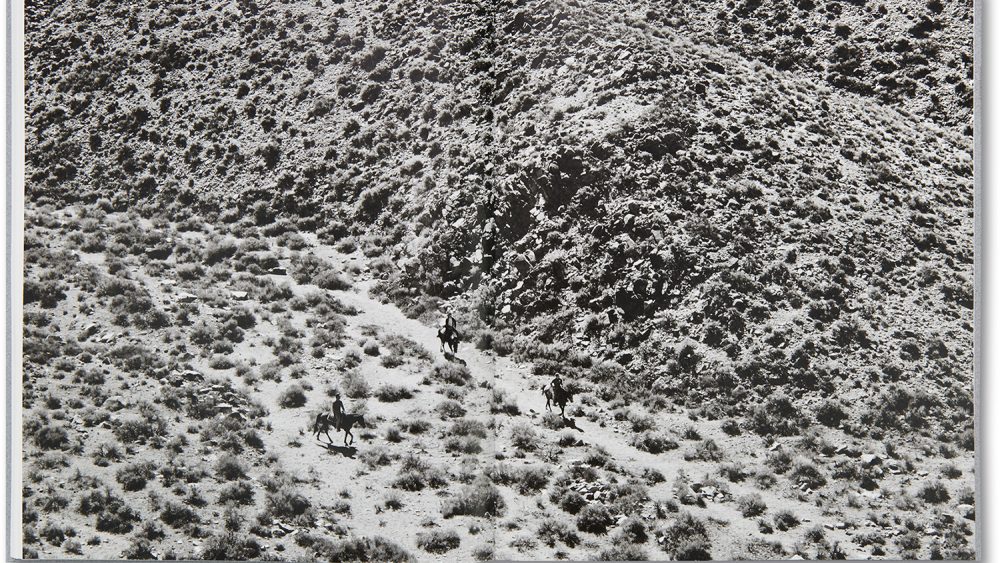Interview with Eva Saukāne
Eva Saukāne (1988) is a Latvian photographer who has graduated from the ISSP photography school and received her Master’s degree in Photography from the Mid Sweden University. During her final year of studies, she created a dummy for the book Roots, which received acknowledgements over the past few years at various self-publishing contests, and has been exhibited at various international festivals including Encontros da Imagem photo book contest in Portugal, the photo book festival Felifa in Argentina, Riga Self Publish 2016 and 2017, and has been stocked by the Tipi Bookshop in Belgium. It has also been exhibited as one of 10 new Latvian photo books at the Plural event in Madrid, organized by Efti. The work has also been exhibited at Galeri Konstant in Stockholm, Sweden, and at Kaņepes Culture Centre in Riga during the experimental film festival Process, as well as being chosen as one of the finalists of the Harriban Award.
The photo book Roots is also the pioneering project of the Kult Books publishing house. The official presentation of the book took place in Hägersten forest in Stockholm on 24 August this year. The presentation of the photo book in Riga will take place during the opening event of Baltic Analog Lab at 19 Lienes iela on 2 September.
Your photo book is based on a 20-year-old found film. Please tell us about the process of finding the film, and how you decided to start working with it.
At that time I was studying in Sweden and I had to get ready for my Master’s thesis. I had chosen to collect the material in Latvia, so I was doing preparations in Riga for couple of months. At that time I was doing an internship at the Latvian Museum of Photography , researching the photo albums in their archives, until I started to look more attentively at what I had at home. It was then that I found the camera of my grandfather Valentīns. He is gone for some years now, but his cameras, photo archive and photo albums were at my disposal the whole time. I started to look at the camera more closely and discovered that it still had a film in it. I developed it and took it with me to Sweden. Just out of of interest, I scanned the film on one of my free evenings. Already from the look at the first frame, I had this feeling – wow, it’s really interesting! Continuing to scan the rest of the film, I understood that all the parts are united and that this extraordinary embellishment over the photographs is, most likely, mould.
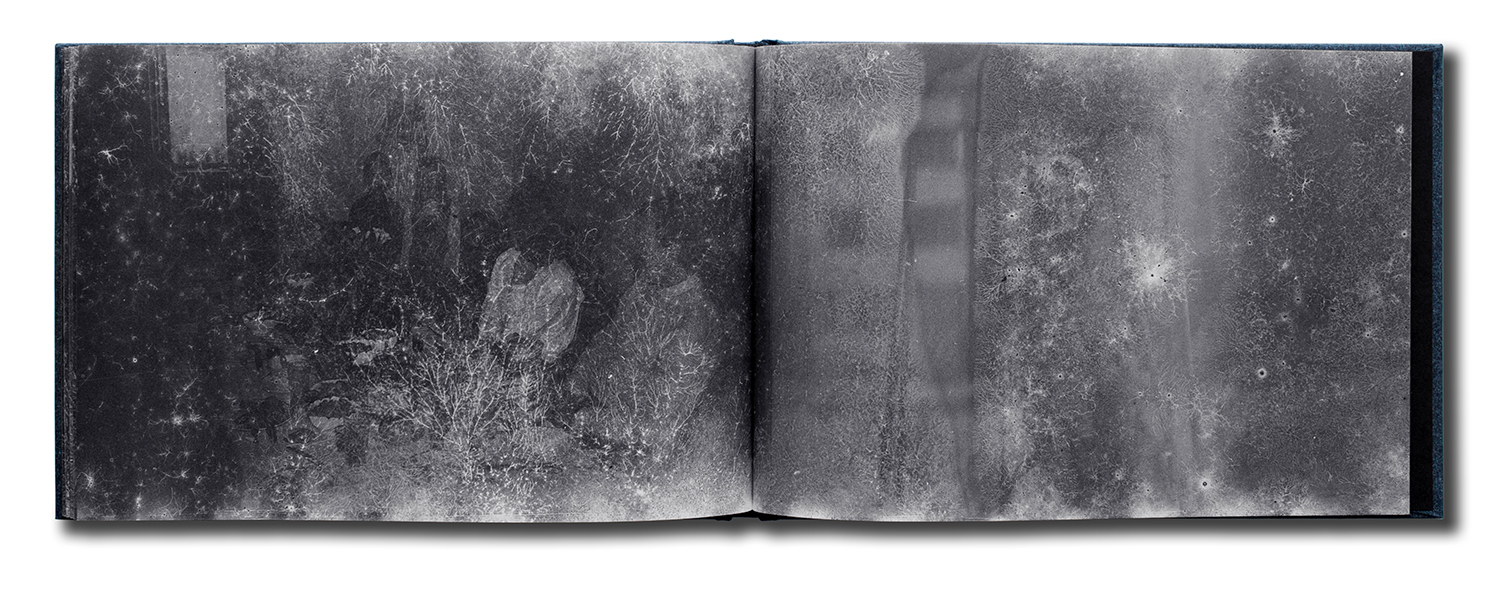
At the very beginning this finding seemed very personal to me and I did not think that I could use it in any way. I simply thought it is something unseen and was eager to share my discovery. Of course, the first to see it were my university colleagues with whom we discussed the possible causes of this extraordinary pattern; we were analysing the images, the mould, the impact of time and the environment.
Looking at the images, the uniformity of the unusual pattern – it is so peculiar and unseen that a question arises about the camera itself. What conditions was it in for all this time?
The camera was full of sticky dust. It was in grandfather’s apartment for a long time. He was a real nature man; he was collecting things and never threw anything away. He also liked to disappear in the forest, picking mushrooms and berries. As a result, the apartment was full of not only his things, but also all kinds of natural objects. Therefore I think that the microclimate itself could be very interesting. He had many cameras. In all this hurly-burly of things he, most likely, forgot about this one camera in which he loaded the film and had started taking pictures. Besides, before I took the film out, I shot the last two frames. After that, developing the film I saw that this pattern of mould continues on my frames as well.
What ideas does this work embody?
The subject of my Master’s thesis was family photo albums and memories. The found film added to it and directed me towards thoughts about the relativity of time and subjectivity of memories.
As I have interpreted it for myself, this unified, long image represents memories that transform over time. In the images, the mould has left the same traces as time can leave on memories – them becoming abstract, changing, layering with new stories or disappearing completely.
The images are abstract enough but at the same time, classic photography scenes emerge: a landscape, some portraits, a family lunch table, upkeep of a tomb in a graveyard, a concert, also a self-portrait. The mould has grown over it all so untypically, creating interesting compositions and an extraordinary dialogue with the photograph itself. It opens up so many possibilities for interpretation. Something unexplainable appears. That is where the magic is hidden, I think.

The title of your work is Roots. What does this term mean to you?
One meaning is purely visual. The mould is reminiscent of the roots of a tree. On the other hand, this word has several meanings. For me, roots are important in the family context. The most recognizable person in the pictures, according to which I determined the age of the film, is my cousin Laura. On the film she could be about 5 years old, now she is 25. This is the only reference point.
How did you decide to make a book?
Two weeks were left until the deadline for submissions to the Self Publish Riga self-published books contest. Ever since scanning the film, I understood that the entire film is a single story, but the only thing remaining was to find the right form of representation that would not change it and would not split it on separate pages. Thanks to free access to printers and paper at our school, I immediately tried out making small books and various types of folding. I understood that the accordion-like fold works the best. In those circumstances I could immediately bring my idea to life and after making the book I sent it to the Self Publish Riga contest straight away. I was very pleased and satisfied to receive the audience award for the book.

Please tell us about your cooperation with the new publishing house Kult Books. How different will the new design of the book be from the book that you made?
The head of the publishing house, Janne Riikonen, is my ex-colleague from the university. He was taking part ever since finding the film until the published book. After graduating from university, he started setting up his own publishing house. Since he already knew my book and its layout had been made, it was natural that this was the first book published by his publishing house.
While discussing the design of the book, it was important to keep the minimalism and the wholeness of the film. Although there were negotiations about including additional text, after a long process of trials and involving several authors, the book was becoming too complicated and was losing its primal value, which is in a sense abstract and open to individual interpretation. I wanted to keep the core of the book. Speaking about the form of the book, it is a little bigger, to make it easier to explore the image. It is not the accordion-type anymore, however, a way was found to imitate it. The binding of the book is called French folding. Browsing the book it seems that everything is still united. The image is not broken at any moment. The text at the end of the book is also short-spoken.

What does making the photo book mean to you? Why, say, is an exhibition not enough?
Regarding this particular work, a book seems to be the most appropriate way of presentation. I am convinced that if these photographs were developed those 20 years ago, they would definitely end up in the family album. The book as a material object has some properties of a family album – it can be held in the hands and browsed, and re-browsed whenever and wherever you please. It also gives an intimacy that cannot be achieved at an exhibition. An exhibition is a temporary event, while a book has a lasting value.
However, in addition to the book, I like finding more ways of representing of this work – exhibitions, projections. For example, it was exhibited during the Process festival as more of an audio-visual performance.
